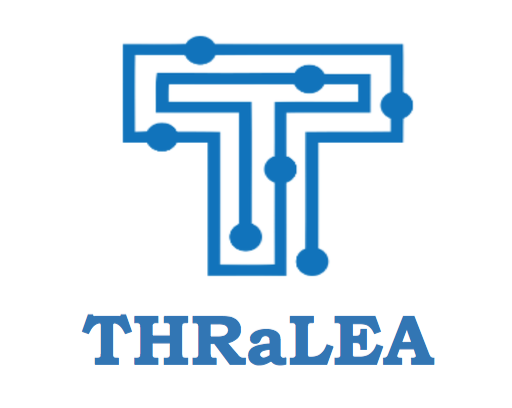Creating an Effective Restaurant Scheduling
Effective restaurant scheduling is crucial for smooth operations and customer satisfaction. A well-thought-out schedule not only ensures that the right number of staff is available during peak hours but also considers factors like employee preferences and skill sets.
To begin with, understanding the restaurant's peak hours and slow periods is essential. This knowledge helps in allocating staff efficiently, ensuring that there are enough hands on deck during busy times and avoiding overstaffing during quieter periods. Utilizing historical data and analytics can aid in making informed decisions about when the restaurant is likely to experience higher foot traffic.
Employee preferences and availability should also be taken into account. Flexible scheduling that accommodates employees' preferred shifts contributes to a more satisfied and motivated team. This can positively impact employee retention and overall morale, leading to better service for customers.
Moreover, considering the skill sets of each staff member is key. Assigning tasks based on employees' strengths ensures that the right people are handling specific responsibilities. For instance, placing experienced servers during peak hours or assigning skilled kitchen staff to handle complex orders can enhance efficiency.
Technology plays a significant role in modern restaurant scheduling. Utilizing scheduling software can streamline the process, taking into account various factors like labor laws, break times, and overtime regulations. Automation can reduce errors, save time, and help managers focus on other aspects of running the restaurant.
Regular communication is vital for effective scheduling. Keeping an open line of communication with the staff allows managers to address concerns, make adjustments, and handle unexpected changes. This ensures that everyone is on the same page and can contribute to a more collaborative and harmonious work environment.
In conclusion, effective restaurant scheduling involves a strategic blend of data analysis, employee considerations, technology utilization, and open communication. By prioritizing these aspects, restaurants can optimize their workforce, enhance customer experience, and create a more efficient and enjoyable working environment for their staff.
